|
That time of the year for thunderstorms and fireworks is coming again. Fear of thunderstorms and fireworks affects many of our pets and it is time to condition your pets before summer and the July 4th! DO START NOW!! I also have other full hour calming music downloads for sale. With summer thunderstorms and the July 4th coming up many dogs have fears of thunderstorms and fireworks! My fireworks phobia dog loves CBD oil to help calm her during this time. You might want to check this out if you have a pet with fears or any mobility or other painful issues. My Integrative Vet recommended CBD oil to me. You might want to check it out. With the summer thunderstorms and the 4th of July coming up many dogs have fears! My fear phobia dog loves CBD oil to help calm her during this time. You might want to check this out if you have a pet with fears or any mobility or other painful issues. I lost my other very special Golden Retriever, Shanti, that we used CBD oil with for over a year. She had a neck and shoulder injury and she loved the CBD oil. Every time she saw the bottle she was right there to get it and towards the end she didn’t come as easily because of mobility issues but still loved it. I know it definitely helped her with her pain and mobility issues. I am so happy that my Integrative Vet recommended the CBD oil. I know the CBD oil was sure helpful and she LOVED IT. She showed me this by the way she wanted it 3 times a day or whenever I offered it. I am now using herb tinctures and other herbal blends with my dogs testing them out for many health concerns to balance the dogs energetics. I am working with a Canine Herbalist, Rita Hogan, and I have been using Nettles Seed Tincture along with Milk Thistle Seed tincture for a kidney and liver detox. Nettles is also great for calming and allergies. I have noticed a difference with both of my dogs watery eyes with the Nettle Seed tincture. lt has really helped my allergies also. I hope it will have a calming effect with the CBD oil for my fear phobia fireworks and thunderstorm dog. According to The American Humane Society of the United States, "so many pets are frightened and try to escape the sights and sounds that animal shelters around the nation report a dramatic increase in lost pets during holiday's and thunderstorms
Anxious families often find themselves searching the streets and shelters looking for a treasured family member whose fear drove him to jump a high fence or break his leash or chain. If your pet is upset by thunder, a door slamming or other loud noises, and fireworks will be utterly terrifying.” This happened to me years ago with my storm phobia dog. I had my dog confined to my bedroom where she was safe but one of the guests children didn’t listen to the instructions to stay out of the bedroom and opened the door. Of course, off ran my dog. She was so afraid that she climbed the back yard fence and just ran. When a pet is fearful they don’t remember the way they went in order to find their way home. The State Police found her the following day laying in a ditch in shock. Luckily she was returned to me alright. She was wearing her ID tags and back then the police didn’t take her to the dog pound. That was a great lesson for me and I never leave my pets alone on the 4th of July or New Year’s Eve when I know there will be fireworks. I currently have a dog with fears of loud noises and fireworks. My pets are too important to me to leave them alone a few days a year when they can be traumatized. I have worked very hard with energy work, and other techniques to reduce my one dogs trauma to take a chance to let anything else happen. Here are some recommendations for keeping your pets safe during the fireworks.
Behavior Modification can work with fearful dogs. It isn’t an instant fix but I have had success over time with different techniques that have calmed the dog from panting and shaking to a more mild situation . I currently have a dog that has fears of storms and especially fireworks. She had a large firework drop down at her as she walked out our door and that was very traumatic for her. Some animals are more predisposed to these fears than others. Sometimes you can use a recording with sounds of something exploding and gradually play it louder and louder while engaging the dog in some play or training activity that she enjoys over a period of days to weeks. Playing the sounds didn’t work for my dog because there wasn’t any vibrations or pressure associated with the recording. The problem is that listening to a recorded sound doesn't have the vibrations created by the actual fireworks. If your dog is food motivated you can couple a favorite food or treat with the increasingly louder sounds, so the dog becomes conditioned to understand that the loud noises come with tasty snacks. Storm phobia is harder to help a dog get over — much harder — and why is not clear. But if you want to desensitize your dog to storms, be sure to introduce the dog to the sounds of storms in the same gradual, structured way that you would reintroduce her to anything else she's afraid of. That's how you will instill confidence in the face of adversity. Again the barometric pressure change created by the storm and the earth vibrations will not be felt by playing the recorded sounds of fireworks or thunderstorms. If you have a basement you can take your dog to the basement during a storm to help muffle the noise, Unfortunately many of us don’t have a basement, therefore, try to get to the quietest place in your house or the place your pet is most comfortable being at. Draw any blinds or curtains while playing white noise or calming music in the background to help drown out the sights and sounds of the storm. Don't sympathize or agonize over what your dog is going through, because that only reinforces the fear. Instead, distract your dog by playing fetch or engaging in some other game or routine that she enjoys. If you stress about their fear they will feel your stress and that doesn’t help the situation. As the dog begins to focus on the fun, and relaxes some maybe during the second, third, or fourth storm, gradually increase exposure. Open the blinds a bit. Sometimes a thunder jacket (available online or at most pet stores) or a home made wrap can work. Research suggests that for some dogs, storm phobia is not about the noise but about the buildup of static electricity on the dog that causes shocks similar to feeling the pressure. (You'll often find a dog in the bathroom pressed behind a pipe during a storm; pipes conduct electricity away.) I have had good success with using therapeutic grade essential oils, healing energy work, sound therapy relaxation music, herbs and CBD oil. This is all part of my Pawsitive Wellness Center’s Business. All techniques can be done in the comfort of your pets home or from a distance You can diffuse the oils or play the relaxation music daily to relax the animal. This will need to be done ahead of New Year's Eve so the dog learns to relax under normal conditions and especially so they don’t associate the essential oils or music with the fireworks or thunderstorms. I am offering a special on the Tuning Fork Music now through the summer months and it is an easy download from my website. This has been very effective for calming my animals as well as my clients.
0 Comments
Let's keep our pets safe always. This list of poisonous plants is on my website under pet safety. The link to this site is in the picture. Included here is link for the pet poison hotline. Pet parents should have this information handy all the time!
|
Blog CreatorMary DeRoche Archives
April 2024
Categories
All
|
DISCLAIMER: I, Mary DeRoche, am not a veterinarian and do not practice medicine. I do not diagnose, cure, heal, treat disease or otherwise prescribe medication. I assist people in working with their animals in correcting energetic imbalances in their pet’s bio-field that assists the body to release its innate healing ability. When the energy chi of the body is balanced and moving correctly, the body’s innate natural energy heals itself. All healing is self-healing. Animals are affected by their environment so I also include the pet parents in my work. Animals do pick up energy from their family and environment. I only recommend the use of therapeutic grade essential oils for your pets because therapeutic grade essential oils have been tested to guarantee that they are free of synthetics, additives, toxins and any other impurities, which can result in side effects and/or inconsistent results. Essential oils and supplements are recommendations to help boost the pet’s immune system.
I recommend that clients continue to see their pet’s regular veterinarian and follow their advice and my work is a complement to regular allopathic medicine. My spiritual energy work is not a substitute for conventional medical diagnosis or treatment for any medical or psychological condition. For such issues, you should seek the proper licensed veterinarian. I am a Healing Touch for Animals Practitioner and a Subtle Energy Practitioner and my work is spiritually and energetically based and I believe all healing is spiritual in nature. I do not make any promises, warranties or guarantees about results of my work, or of the energy sessions. The energy sessions help many animals but like any energy work, it might not work for everyone. The use of essential oils, herbs and supplements is to assist the pet with balancing chakra centers for proper energy flow or chi.
© 2013~2023 Pawsitive Wellness Center All Rights Reserved.
I recommend that clients continue to see their pet’s regular veterinarian and follow their advice and my work is a complement to regular allopathic medicine. My spiritual energy work is not a substitute for conventional medical diagnosis or treatment for any medical or psychological condition. For such issues, you should seek the proper licensed veterinarian. I am a Healing Touch for Animals Practitioner and a Subtle Energy Practitioner and my work is spiritually and energetically based and I believe all healing is spiritual in nature. I do not make any promises, warranties or guarantees about results of my work, or of the energy sessions. The energy sessions help many animals but like any energy work, it might not work for everyone. The use of essential oils, herbs and supplements is to assist the pet with balancing chakra centers for proper energy flow or chi.
© 2013~2023 Pawsitive Wellness Center All Rights Reserved.
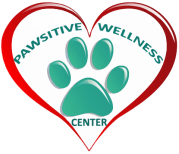



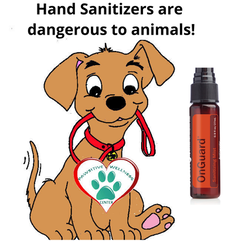
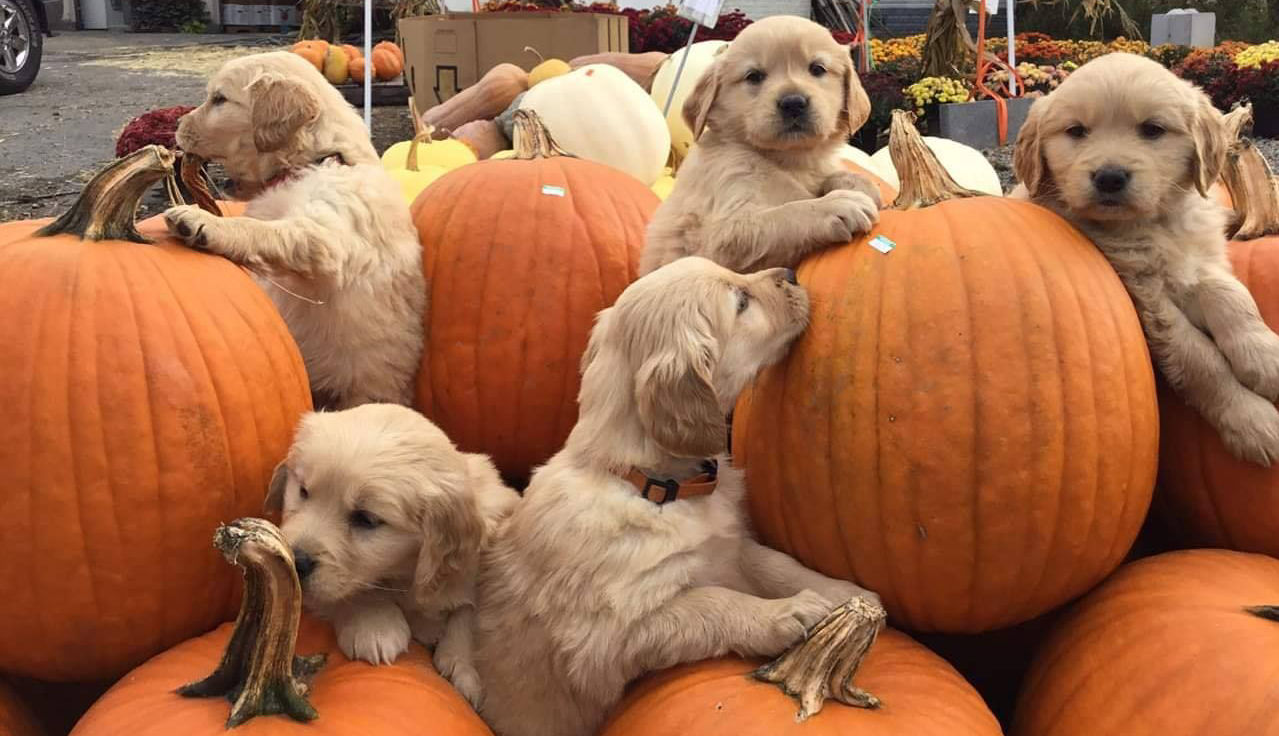
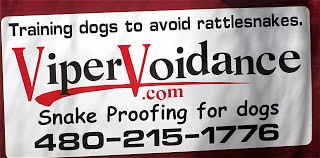
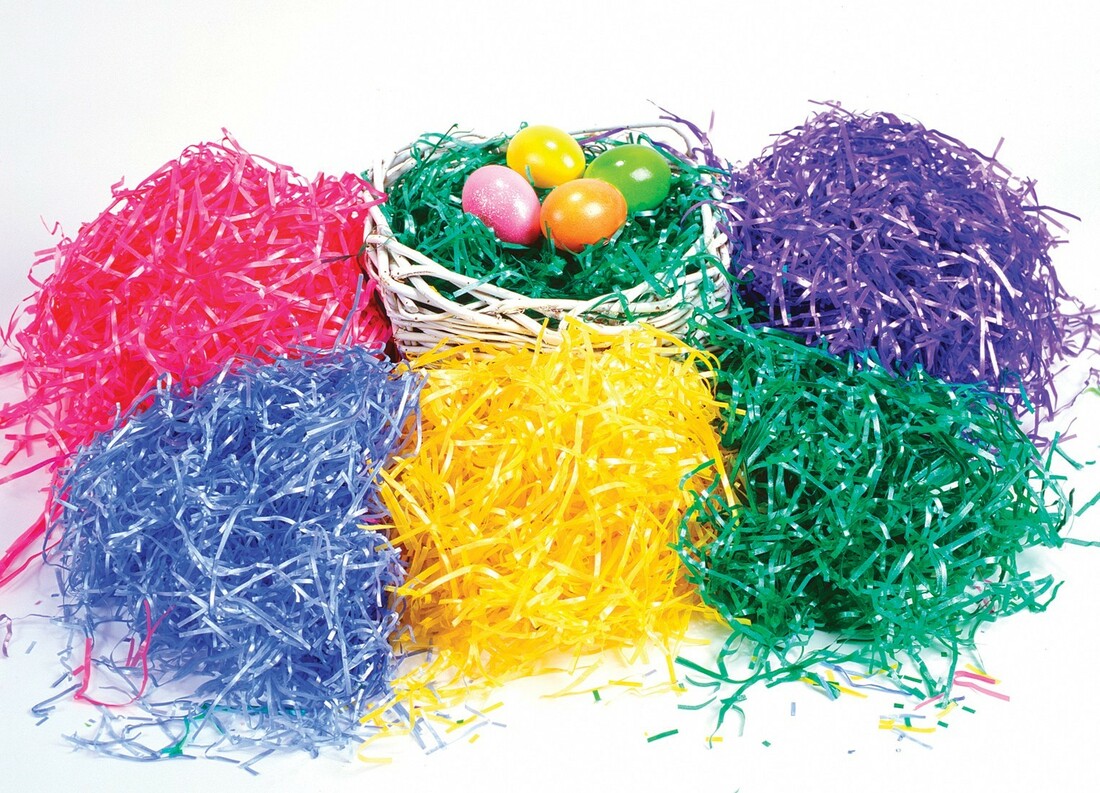
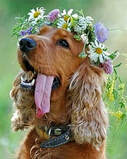

 RSS Feed
RSS Feed